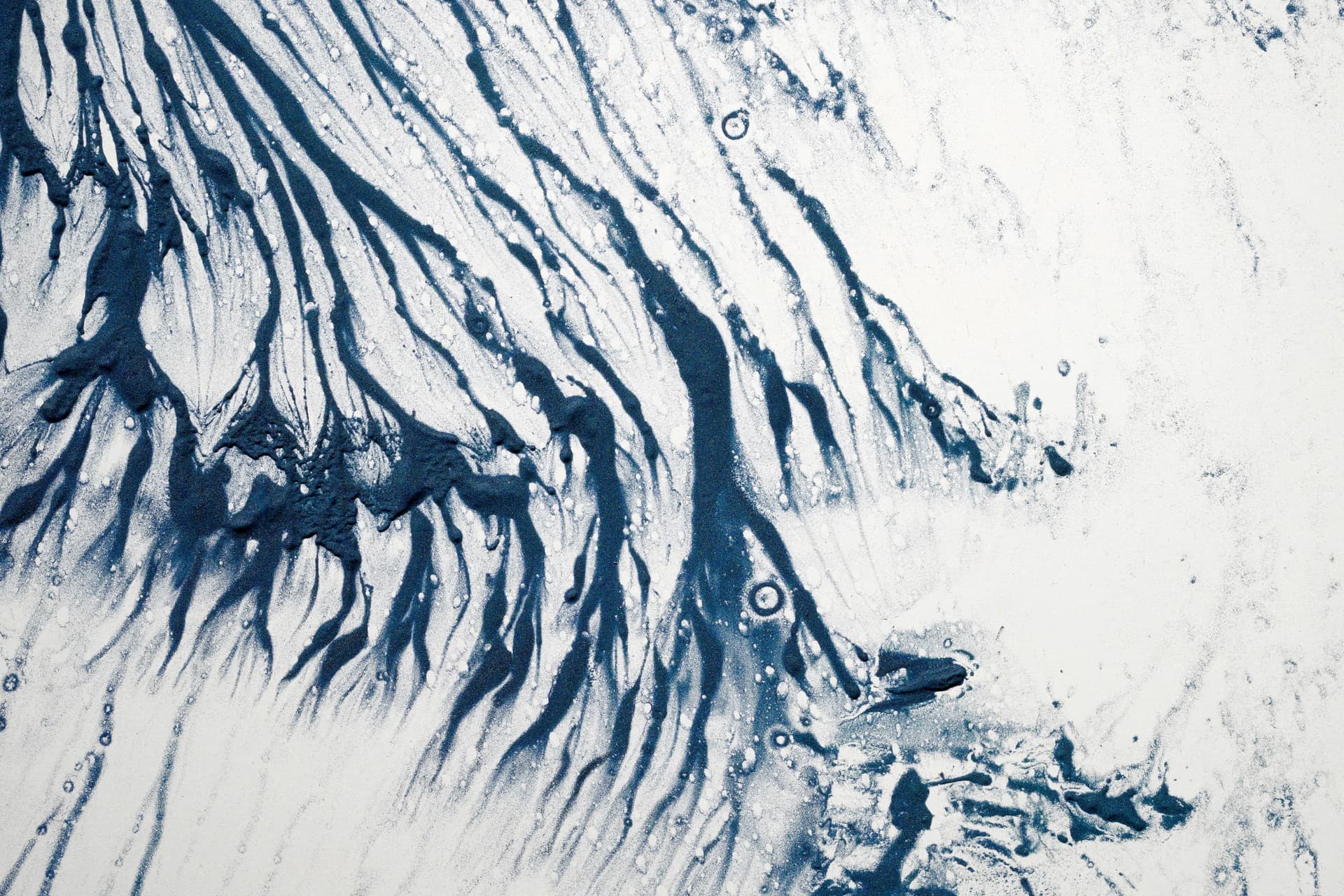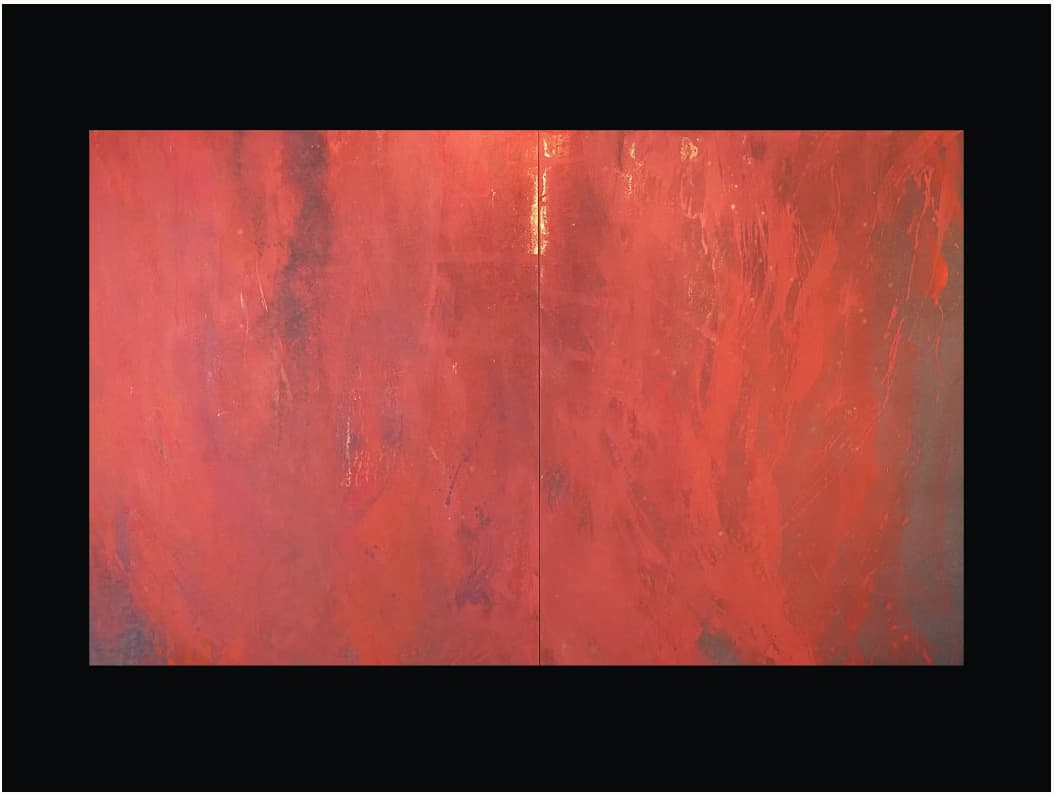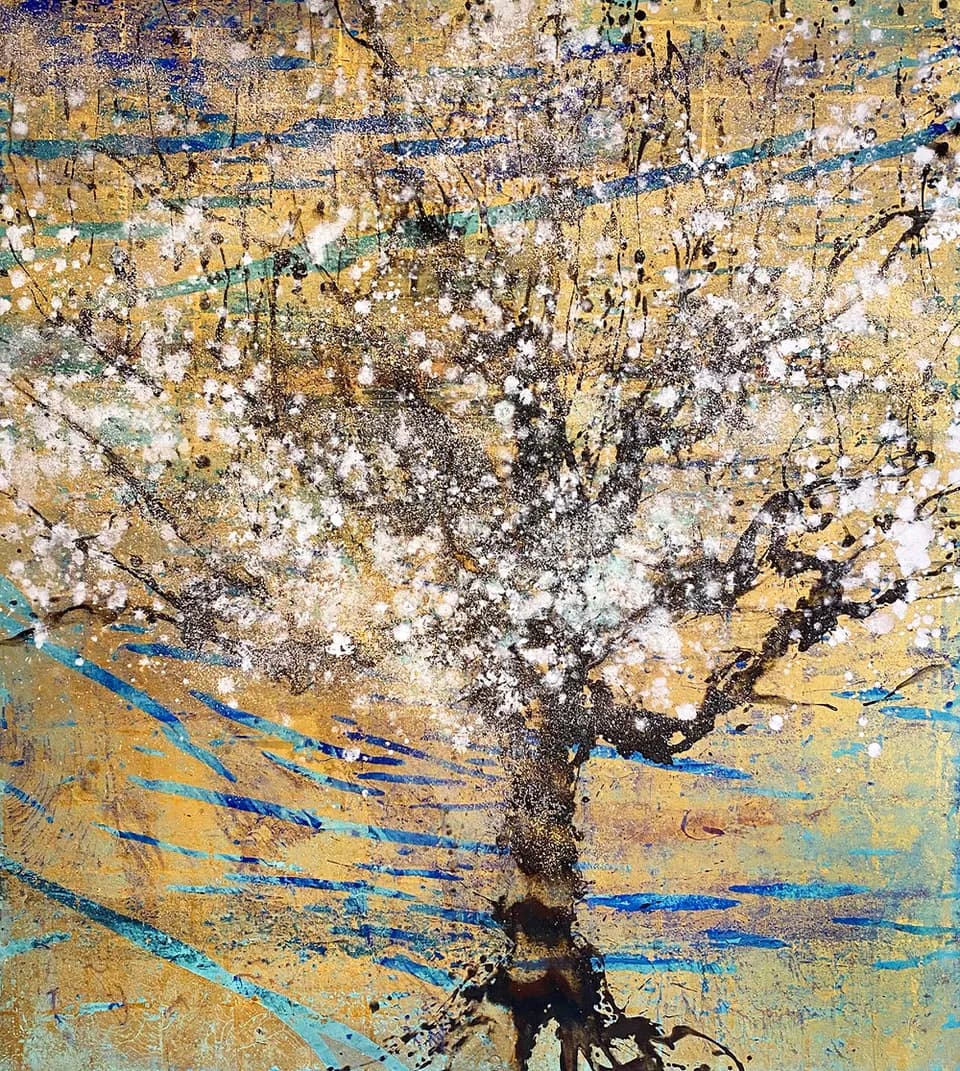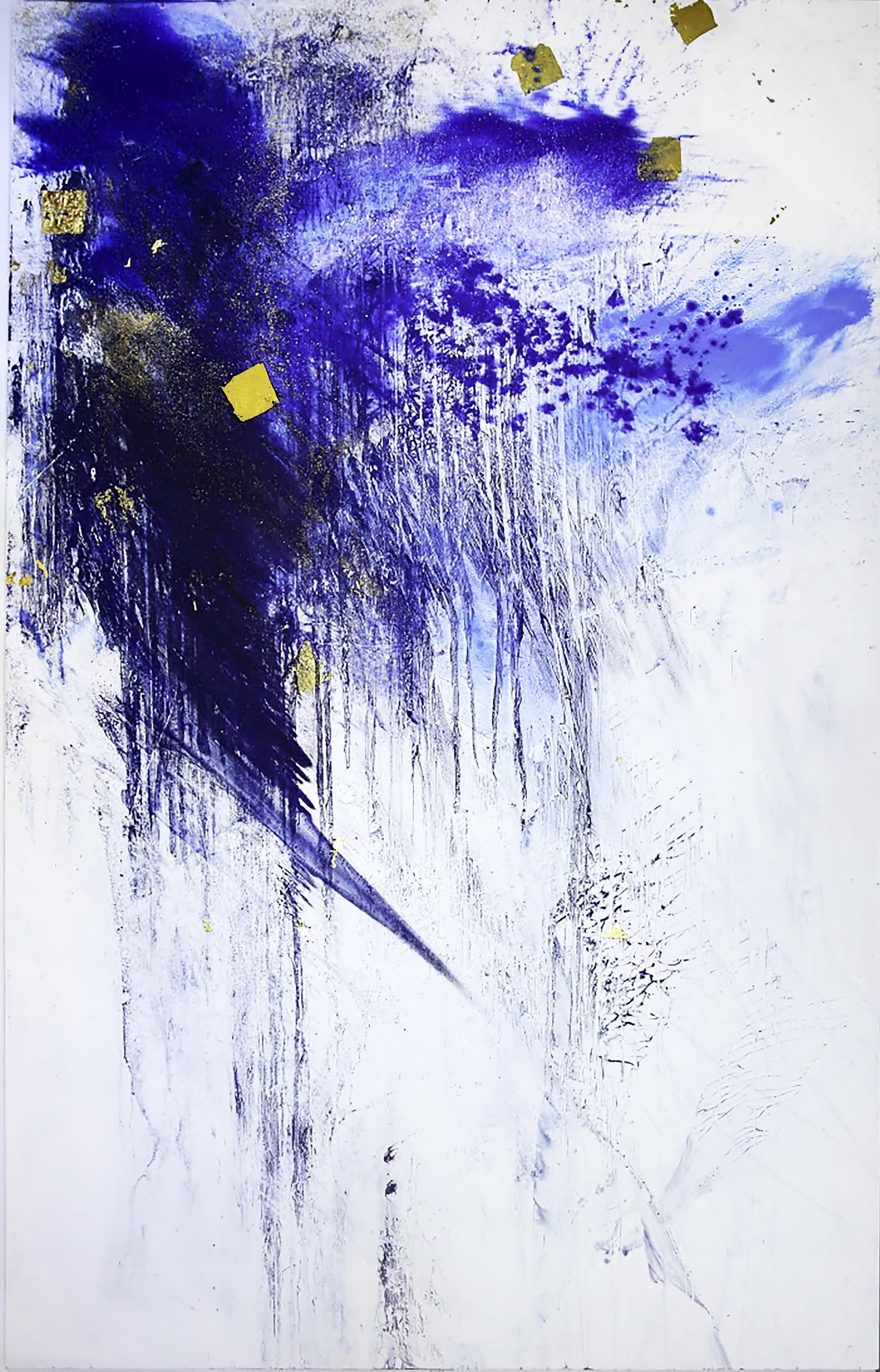So another major art form is obviously music. I have never been a big musical person. Though I did play the drums from 6th-10th grade. I actually stopped playing because part of being in high school band was going to football and baseball games for our team and playing for them. But I was not really friends and even disliked many of them and hated sports and so I dropped out of band just to stop being forced to go to dozens of games a year.
Me and my friends use to listen to music when we were driving around. I never learned to ride a skateboard. Was never into it, but several of them were and so we would all head out and I would ride my bike or rollerblades and they would skateboard. There use to be this wooden path that ran along the sea for like 4 miles and we would go down it and back almost every night. On the way there we would listen to music.
Now days I sometimes go weeks without listening to any music. Even then when I do, it’s usually in short bursts of 10-12 minutes as I’m driving somewhere. I do listen to it when I’m in the gym. It’s normally just techno or something and I don’t know any of the bands just whatever pops up on pandora for that station since the faster beats helps to motivate me to keep going.
Ironically one of the things that made me like the Churches of Christ was their lack of musical instruments in most of their churches. Spiritually, music does nothing for me. I feel the least motivated about God when I’m singing a hymn. Or when I listen to a choir sing it just does nothing for me. I’ve seen people singing and begin to cry and that just has never been or presumably ever will be my experience. Though I am one of the minority within American churches of Christ that supports musical instruments in church even though I don’t want to listen to it. By that I mean many on CoC believes musical instruments in church is “false worship” and I don’t agree.
The main verse they like to use is this.
Ephesians 5:19
New American Standard Bible
19 speaking to one another in psalms and hymns and spiritual songs, singing and making melody with your hearts to the Lord;
They argue that since it only mentions singing that anything else is adding to it. But I also mention that throughout the Old Testament we see musical instruments being used and in revelation we see imagery of it being used. That also when it says worlds like psalms and making melody in your heart, it’s using the same root words of psalmos/psalló. That the bulk of examples implies that the word means to strike as in Chord. A “twang”. It’s used throughout the old testament with musical instruments.
https://biblehub.com/text/ephesians/5-19.htm
So though music does nothing spiritually for me and I hardly listen to it, when I do it’s a fairly wide range of styles. I like Nightwish. All their albums. Them and Dani Filth are probably the only metal I listen to.
I mostly listen to things more laid back like freak
Folk. The name almost makes you think of something crazy or fast but it’s actually a lot more like country and Appalachian folk music.
Iron and Wine “free until they cut me down”
Crooked Still “undone in sorrow”
Pepper Proud “love you, love a riddle”
I also enjoy dark cabaret bands as well. It’s similar to folk but has bits of a more circusy rag doll sound.
Vermillion Lies “ circus apocalypse “
Happy Birthday Amy “mystery scars”
Katzenjammer “to the sea”
Solace and Fury “the vampire”
Also a style called Murder Ballads/ Alt Ballads forms of Traditional Folk.
Meg Davis “ The Elf Glade”
Ben Nichols “ the last pale light in the west”
Leadbelly “ where did you sleep last night”
Exuma “ Mama Loi, Papa Loi”
Funny enough the last song by Exuma is one I heard at an Indian reservation when they sang a version of it along with a version of Rockwell’s “ somebody watching me “ .
One of the things I find best about music is that we are not the only ones to do it. Though these other things are not technically music I guess. But birds will do their singing and switch up the melodies, wolves will howl in a pack and crickets scratch their legs. When you are sitting outside by a pond and creek in the woods at night you’ll hear them taking turns. The birds will go about whistling. Then the coyotes in the background will do their evening “laughing” and then the grasshoppers as it’s getting dark will play their songs and normally the last ones are the frogs and toads in the night singing. Where I live it’s almost always in that order. It’s like music or nature and even at the right time of year the stars and fireflies do the light show xd.





